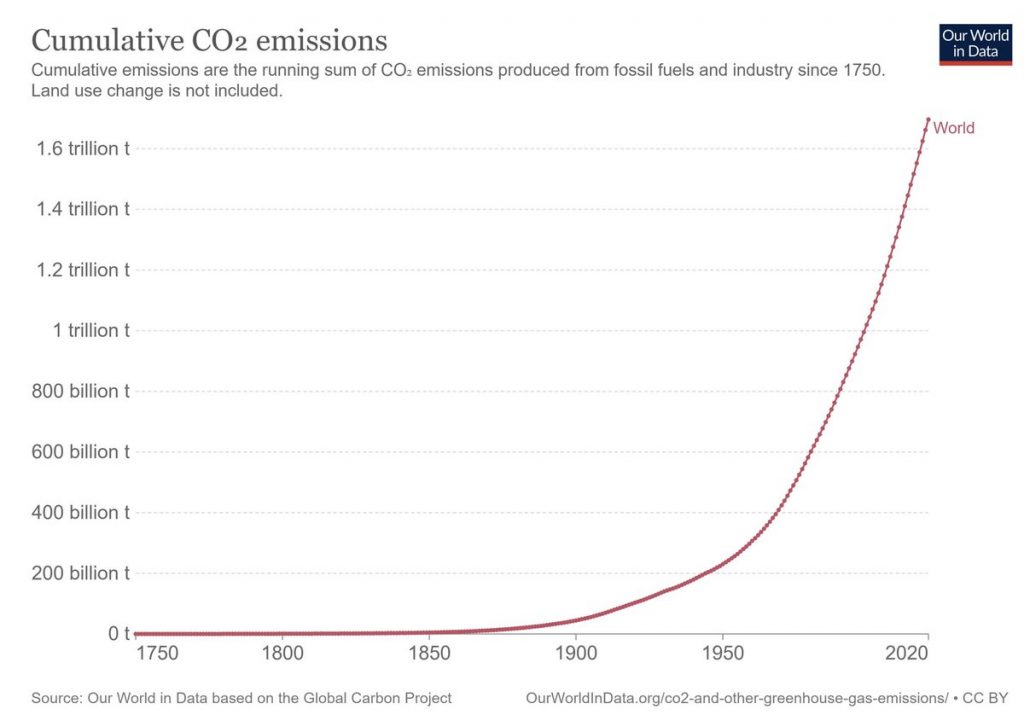We Can’t Say We Weren’t Warned
Sep 5th, 2023 | By admin | Category: Environment/SustainabilityBy Suzanne York.
Given all that is happening in the world right now, it seems a good time to revisit the Scientists Warning to Humanity.
First issued in 1992, it cautioned that “a great change in our stewardship of the Earth and the life on it is required, if vast human misery is to be avoided.”
Sadly, that warning was mostly ignored, and twenty-five years later, some 22,000 scientists in 184 nations signed onto the second World Scientists Warning to Humanity, listing “existential threats to human well-being posed by our own behavior.”
This was another wake-up call. Yet like the first warning, the second one is still not getting the attention it deserves.
As the world burns and floods, as the oceans heat up and storms intensify, it is shocking that over the past couple of decades, warnings such as these, and many others, don’t result in clarion calls of action. It seems humanity’s hubris, denial and short-sightedness outweigh the threat of planetary collapse. While we may acknowledge pressing problems, we love to pour our faith into technology and/or kick the can down the road. Surely the next generation will come up with ways to get us out of this mess, right?
Thankfully, critical efforts are starting to happen that could change course – from youth-led lawsuits on climate to keeping fossil fuels in the ground. Our backs are against the wall, but the future is not pre-ordained. Yet we must act now, and we must heed what scientists – and the planet – are telling us.
Here is a summary version of the second warning, originally published in the journal BioScience. We ignore it at our own peril.
World Scientists Warning to Humanity: A Second Notice
Over 22,000 scientists in 184 nations have signed a second World Scientists Warning to Humanity outlining severe, existential threats to human well-being posed by our own behavior. In short, we are killing ourselves and our children. To name but a few current threats, we face deforestation, ocean acidification, diminishing fresh water supplies, the Earth’s sixth mass extinction event, and a climate system veering outside of the conditions within which human civilization developed all provoked by exponential human population growth and overconsumption. The warning was published in BioScience, a well-respected international journal, in December 2017.
Steps must be taken to reverse negative trends. It will take a groundswell of public and corporate pressure to force political leaders to face reality and govern not for GDP growth and re-election but rather to avoid an ecological catastrophy for all of humanity and life on Earth. For instance, we must establish more land and marine reserves, strengthen enforcement of anti-poaching laws and restraints on wildlife trade, expand family planning and educational programs for men and women, and shift diets toward more plant-based foods to preserve the world’s remaining rainforests. We must massively adopt renewable energy and other sustainable technologies and reconstruct a global economic system that is not dependent upon exponential growth as Earth has limited resources and capacity to absorb our wastes.
In 1992 the first World Scientists’ Warning to Humanity was published by the Union of Concerned Scientists and signed by more than 1,700 scientists, including a majority of then living Nobel Laureates. Since then global trends have worsened. In the ensuing 25 years, 10 measured environmental trends suggest that we are continuing to gamble with our future, with the collapse of civilization a significant risk…or worse.
A few areas of limited progress were seen, most notably a reduction in ozone-depleting chemicals and an increase in renewable energy generation were positive changes. The rate of population growth did decline in a few regions, attributable in large part to investments in education for women. The rate of deforestation also slowed in some regions, but continues to accelerate in others. However, on balance our situation has gotten much worse. A few of the many disturbing 25-year global trends are as follows:
- A 26% reduction in the amount of fresh water available per capita
- Reduced harvests of wild-caught fish, despite increased fishing effort
- A 75% increase in the number of ocean dead zones
- Loss of nearly 300 million acres of forestland, much of it converted for agricultural uses
- Continuing significant increases in global carbon emissions and average temperatures
- A 35% rise in human population
- Overall 29% reduction in the numbers of mammals, reptiles, amphibians, birds and fish
- Over 75% reduction in the biomass of flying insects (including pollinators) in protected zones.
The authors concluded that action must be taken to avoid “widespread misery and catastrophic biodiversity loss … Soon it will be too late to shift course away from our failing trajectory, and time is running out. We must recognize, in our day-to-day lives and in our governing institutions, that Earth with all its life is our only home.”
A World Scientists Warning to Humanity video may be viewed here.
Suzanne York is Director of Transition Earth.


